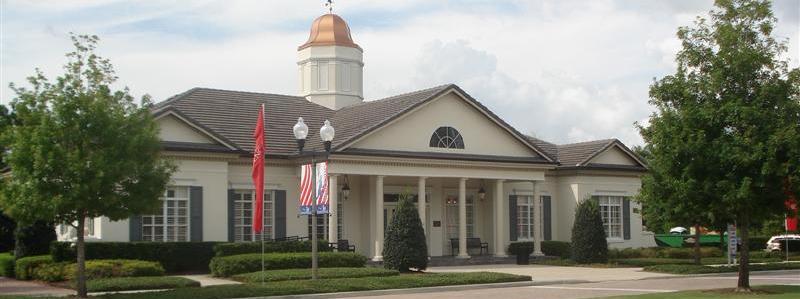
A Reserve Study is comprised of two parts:
1) The information about the physical status and repair/replacement cost of the major common area components the association is obligated to maintain (Physical Analysis).
2) The evaluation and analysis of the association’s Reserve balance, income, and expenses (Financial Analysis).
The Physical Analysis is comprised of the Component Inventory, Condition Assessment, and Life and Valuation Estimates. The Component Inventory should be relatively “stable” from year to year, while the Condition Assessment and Life and Valuation Estimates will necessarily change from year to year. The Financial Analysis is made up of an analysis of the client’s current Reserve Fund Status (measured in cash or as Percent Funded) and a recommendation for an appropriate Reserve contribution rate (Funding Plan).
Reserve Study Levels of Service
The following three categories describe the various types of Reserve Studies, from exhaustive to minimal.
I. Full: A Reserve Study in which the following five Reserve Study tasks are performed:
- Component Inventory
- Condition Assessment (based upon on-site visual observations)
- Life and Valuation Estimates
- Fund Status
- Funding Plan
II. Update, With-Site-Visit/On-Site Review: A Reserve Study update in which the following five Reserve Study tasks are performed:
- Component Inventory (verification only, not quantification)
- Condition Assessment (based on on-site visual observations)
- Life and Valuation Estimates
- Fund Status
- Funding Plan
III. Update, No-Site-Visit/Off Site Review: A Reserve Study update with no on-site visual observations in which the following three Reserve Study tasks are performed:
- Life and Valuation Estimates
- Fund Status
- Funding Plan